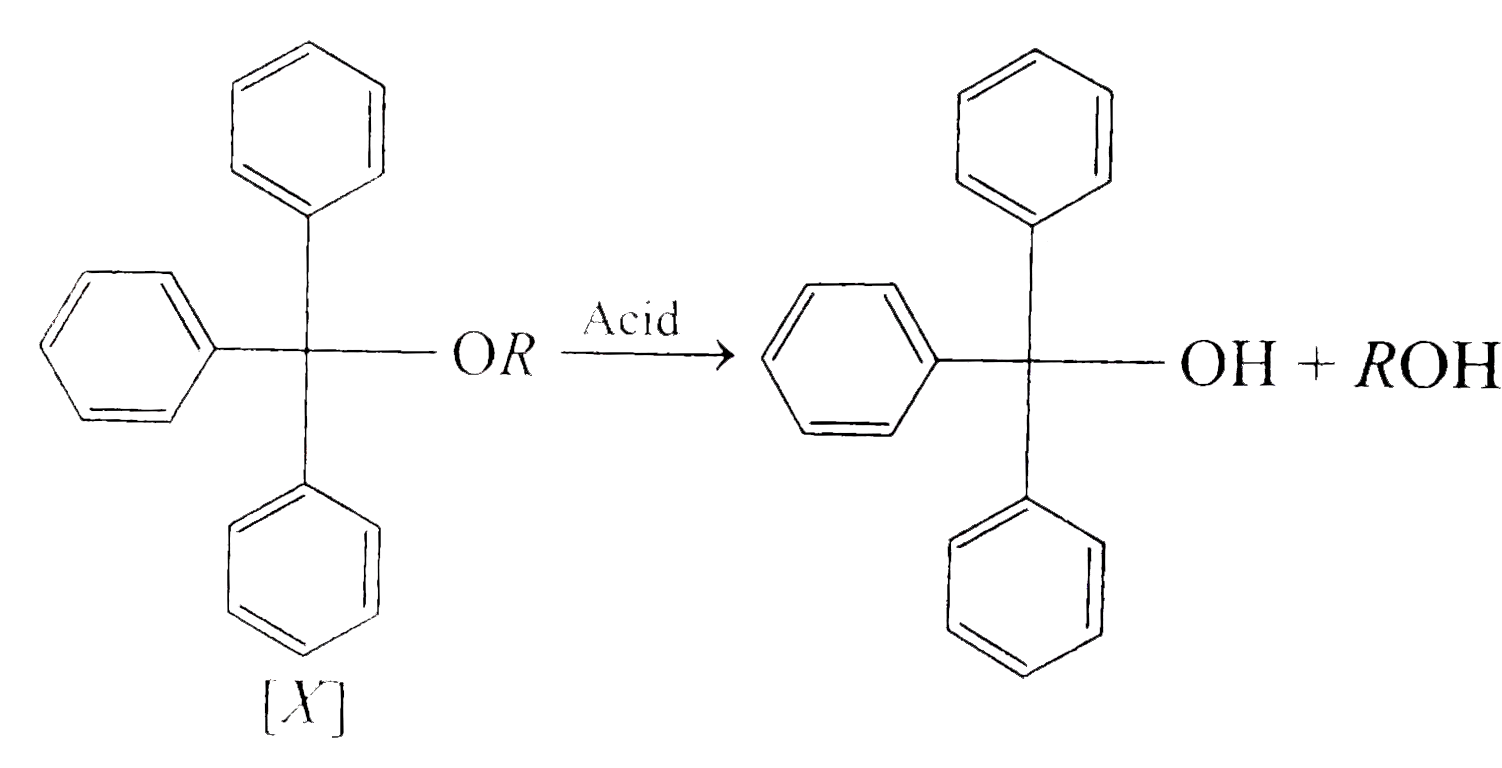The total number of distinct naturally occuring amino acids obtained by complete acidic hydrolysis of the peptide shown below is

Video Solution
Text Solution
The correct Answer is:1
|
Answer
Step by step video & image solution for The total number of distinct naturally occuring amino acids obtained by complete acidic hydrolysis of the peptide shown below is by Chemistry experts to help you in doubts & scoring excellent marks in Class 12 exams.
Updated on:21/07/2023
Related Playlists
- BOOK - JEE ADVANCED PREVIOUS YEARCHAPTER - JEE ADVANCEDEXERCISE - PART-2 CHEMISTRY SECTION -1 (ONLY ONE OPTION CORRECT TYPE)10videos
JEE ADVANCED
- BOOK - JEE ADVANCED PREVIOUS YEARCHAPTER - JEE ADVANCEDEXERCISE - SECTION -2 COMPREHENSION TYPE6videos
JEE ADVANCED
- BOOK - JEE ADVANCED PREVIOUS YEARCHAPTER - JEE ADVANCEDEXERCISE - PART II: CHEMISTRY Section-3:(Matching List Type)4videos
JEE ADVANCED
- BOOK - JEE ADVANCED PREVIOUS YEARCHAPTER - JEE (ADVANCED ) 2020EXERCISE - SECTION -III6videos
JEE (ADVANCED ) 2020
- BOOK - JEE ADVANCED PREVIOUS YEARCHAPTER - JEE ADVANCED 2020EXERCISE - SECTION-36videos
JEE ADVANCED 2020
Similar Practice Problems
- Question 1 - Select One
The acidic hydrolysis of ether (X) shown below is fastest when
 Aone phenyl group is replaced by a methyl groupBone phenyl group is replaced by a para-methoxyphenyl groupCtwo phenyl groups are replaced by two para-methoxyphenyl groupsDnon structural change is made to X
Aone phenyl group is replaced by a methyl groupBone phenyl group is replaced by a para-methoxyphenyl groupCtwo phenyl groups are replaced by two para-methoxyphenyl groupsDnon structural change is made to X - Question 1 - Select One
The acidic hydrolysis of ether (X) shown below is fastest when
 AOne pheny1 group is replaced by a Methyl groupBOne pheny1 group is replaced by a para-methoxyphenency1 groupCTwo pheny1 groups are replaced by two para-methoxpheny1 gropsDNo structural change is made to X
AOne pheny1 group is replaced by a Methyl groupBOne pheny1 group is replaced by a para-methoxyphenency1 groupCTwo pheny1 groups are replaced by two para-methoxpheny1 gropsDNo structural change is made to X - Question 1 - Select One
Propionic acid is obtained by acid hydrolysis of
ACH3−CH2−CH2−NO2BCH3−NO2∣CH∣CH3−CH3CCH3−CH2−CH2_CNDCH3−CH3∣C∣CH3−NO2 - Question 1 - Select One
Benzoic acid is obtained by acid hydrolysis of
AbenzonitrileB2- phenylethanenitrileCphenyl isocyanideD2-phenylethaneisonitrile - Question 1 - Select One
−COOH group is obtained by acid hydrolysis of
A−CHOB−C≡NC−CH2−OHD−O||C− - Question 1 - Select One
Number of amino acids is
A20B120C200D500 - Question 1 - Select One
Acid and alochol are obtained by the hydrolysis of
AesterBethyl bromideCacetic anhydrideDalkyl cyanide



